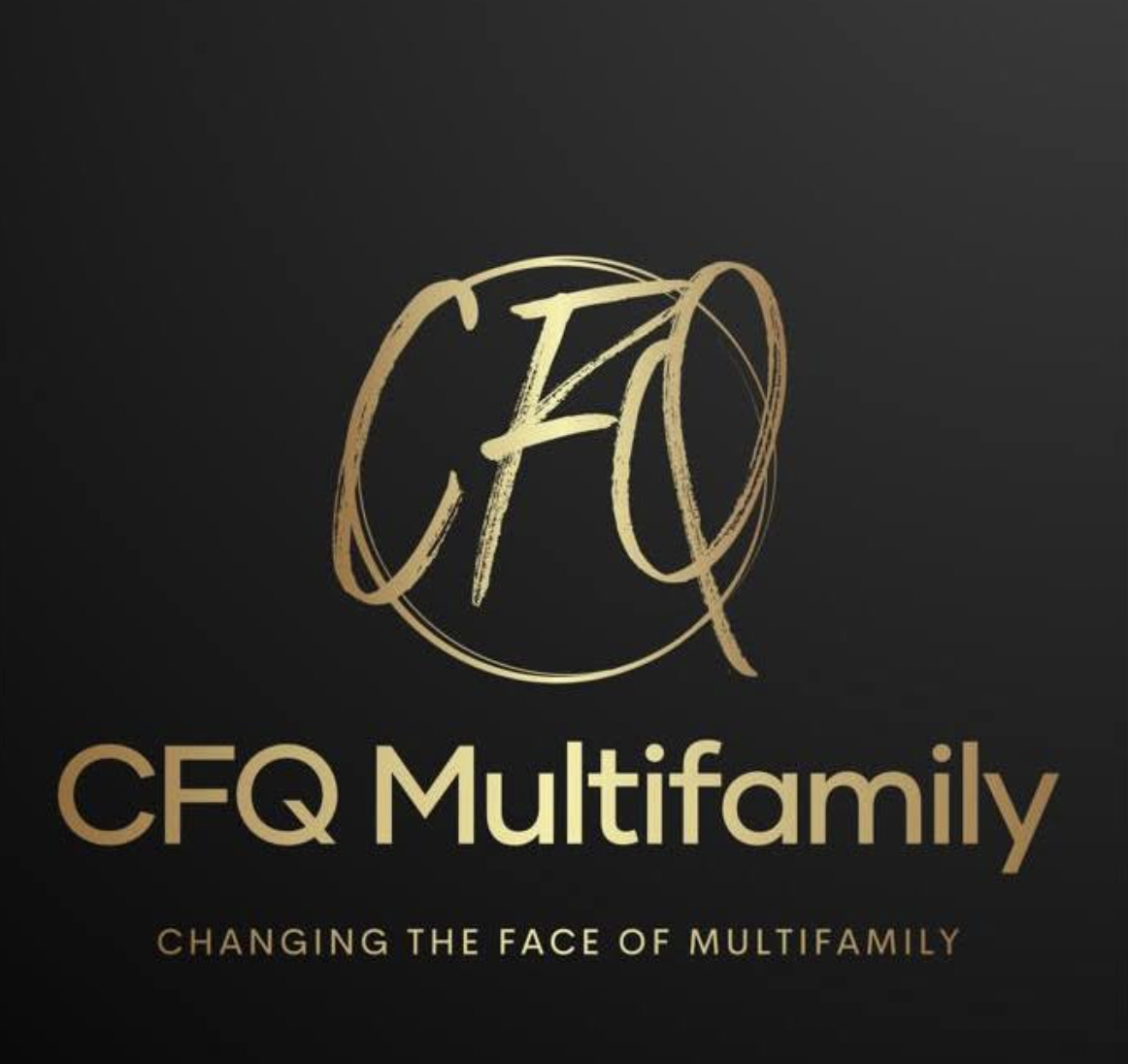Let’s talk about how to avoid taxes!
We personally want to rip the government off. Here’s the legal ways we do it-
IRA
401(k)
403(b)
Keogh
Defined Benefit Pension Plan
Simple IRA
Individual Retirement Account
A custodial or a trust account in which an individual may set aside up to $2,000 of earned income in a tax-deferred plan. A non-working spouse (if the working spouse earns $2,250) may contribute up to $250 to an IRA. Individuals who are not covered by an employer’s plan (and do not have a spouse covered by a plan) or who earned under $40,000 may deduct their contribution from gross income.
Contributions and earnings grow tax-deferred. Contributions must be made by April 15th of the succeeding tax year.
Withdrawals prior to age 59 are subject to a ten percent (10%) penalty (some exceptions apply as well as ordinary income tax.) Withdrawals after age 59-½ are subject to ordinary income tax. Mandatory withdrawals begin in April of the year following the year in which the individual turns age 70.
Congress is always considering changes to these plans.
401(k) Salary Reduction Plan
Similar to 401(k) for non-profit. The main difference is that $9,500 may be put away annually.
Simplified Employee Pension (SEP)
A tax-deferred retirement plan developed for small businesses or anyone with self-employment income. An individual is allowed to contribute up to fifteen percent (15%) of net earned income (see IRS definition), to a maximum of $30,000. All contributions are fully deductible.
- The percentage contributed must be the same for all employees who have been with the firm for three (3) of the last five (5) years (part-time included).
- Contributions must be made by the due date of the tax return, including extension, of the succeeding tax year.
- Easy administration
- Rules on taxation of withdrawals are the same as IRA
KEOGH (Money Purchase/Profit Sharing)
A tax-deferred retirement plan that allows self-employed individuals to contribute up to twenty-five (25%) percent of net earned income, to a maximum of $30,000. If a “paired plan” is used, part of the contribution is mandatory each year, and part of the contribution is elective. All contributions are fully deductible and earnings are tax-deferred.
Lump-sum distributions may be eligible for five (5) year averaging
All plans must file Form 5500 annually with the Internal Revenue Service. (One participant plans, with less than $100,000 in assets, are exempt.)
Defined Benefit Pension Plan
A pension plan in which retirement benefits, rather than contributions to the plan, are specified. Contributions are actuarially calculated, to find an annual retirement benefit of the lesser of $10,000 (indexed) or one hundred percent (100%) of the average compensation for the highest paid three (3) years.
You must use an enrolled actuary to determine your contribution. Administrative responsibilities are the same as KEOGH plans (the actuary may file your Form 5500 as part of his/her annual fee.) You may need to purchase Pension Benefit Guaranty Corporation (PBGC) termination insurance.
Tax benefits and distributions are the same as KEOGHS.
SIMPLE-IRA
The SIMPLE-IRA, or Savings Incentive Match Plan for Employees, replaced the SARSEP-IRA for new plans established on or after January 1, 1997. The SIMPLE-IRA is a tax-deferred retirement plan provided by sole proprietors or small businesses (fewer than 100 employees) who do not maintain or contribute to any other retirement plan. Contributions are made by both the employee and the employer. In a SIMPLE-IRA, contributions, which are pre-tax, and the investment earnings can grow tax-deferred until withdrawal (assumed to be retirement), at which time they are taxed as ordinary income.
Annually the maximum employee contribution is $6,000, plus your employer’s contribution. With the exception of higher contribution limits, SIMPLE-IRAs are subject to the same rules as a regular IRA. A SIMPLE-IRA allows you to invest in regular IRA’s, giving you another opportunity to save for your retirement.
ROTH IRA
A Roth IRA permits non-deductible (after-tax) contributions only. However, there are no taxes on earnings as they grow or when withdrawn (subject to certain restrictions.) Allows up to $2,000 or 100% of earned income, whichever is less, to be contributed annually. Eligibility to contribute is based on adjusted gross income as shown in the chart below. All contributions are made in after-tax dollars and are not tax deductible. Contributions can be withdrawn at any time without any taxes or penalties. Earnings can be withdrawn without paying taxes or penalties after the account has been opened for five years and under certain conditions. Tables are updated yearly, so confirm by reviewing PUBLICATION 590.
Well
There we go folks! Ways to save on taxes by putting funds into IRA accounts.
When you self-direct a 401k, or Roth IRA you can start making big big returns by self-directing into alternative assets!
That is what we do- but only in Apartments.
You can do land deals, house flips, buy notes, self storage, mobile homes, and much more.
If you’re wanting to invest and you have money in an account with and active employer, we can teach you how to get that out too!
Even if you’re a teacher, there is a loophole in the TRS which you can self-direct your retirement funds to do deals in alternative assets.
There’s almost always a way to create a new investor everyday- and that is my personal goal, to create more investors who enjoy passive income.
Plus there are more options to avoiding taxes and investing. I will write about those next time!
For more information please email me and we will first show you how to self direct your account.
You can reach us-
[email protected]
Or schedule a quail call here-






